Navajo Generating Station, a Union of Coal and Water, Shuts Down
The big coal-fired power station was the engine that moved Colorado River water into central Arizona.
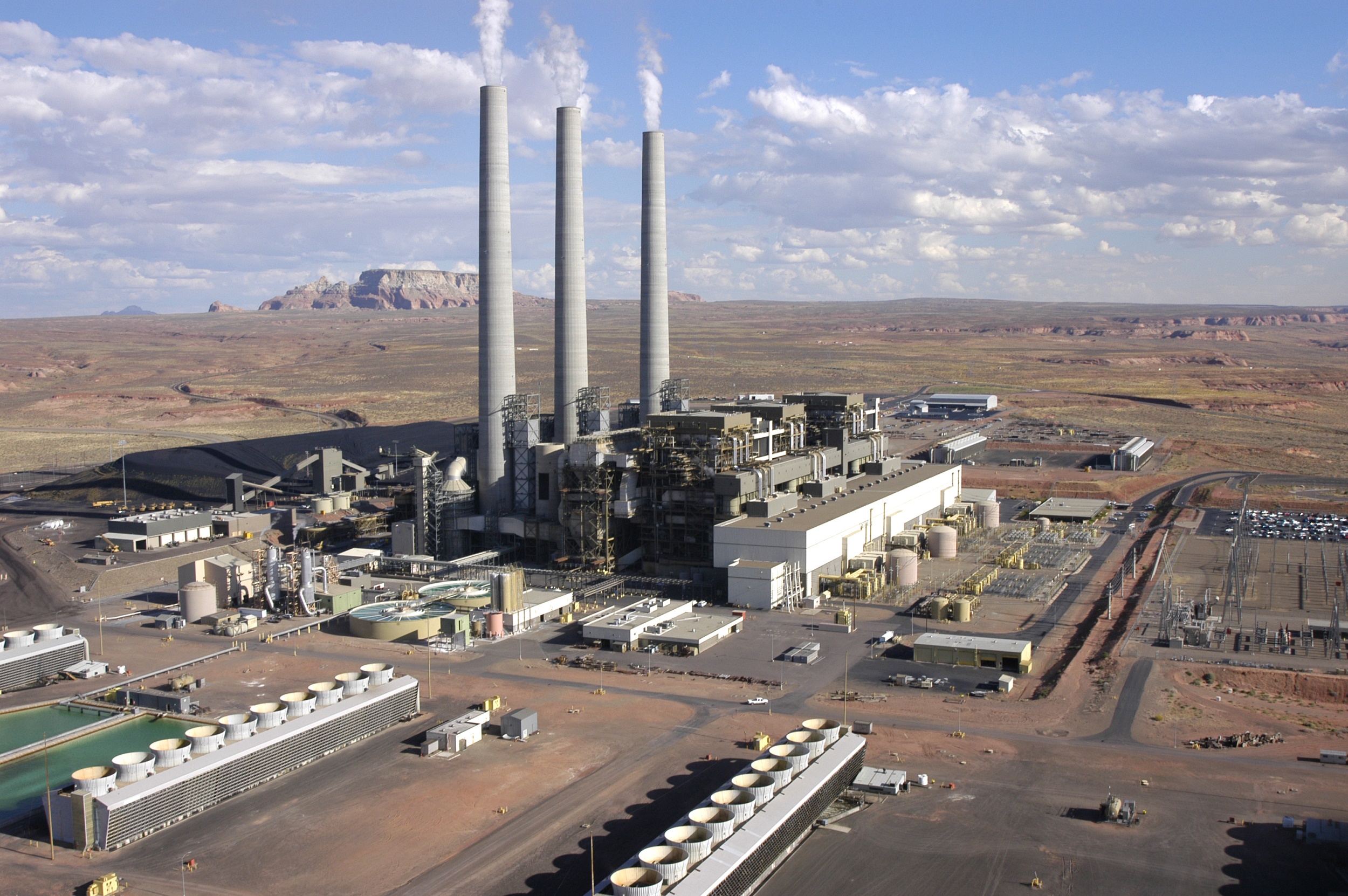
Navajo Generating Station, a coal-fired power plant on Navajo Nation land in northern Arizona, was shut down permanently on November 18, 2019. Photo courtesy of Salt River Project
By Brett Walton, Circle of Blue
A few minutes after noon on November 18, the largest coal-fired power plant west of the Mississippi River permanently ended operations, a vivid illustration of the nation’s rapid pivot away from burning coal to produce electricity.
The shutdown of Navajo Generating Station, which was planned for several years, also brought an end to a four-decade bond in Arizona between a coal plant and water-supply infrastructure. It was one of the most significant such bonds in the American West.
The four utility owners of the power plant — Salt River Project, Arizona Public Service, NV Energy, and Tucson Electric Power — decided two years ago to decommission the facility when its lease runs out next month. (The federal Bureau of Reclamation, a participant in the plant but not an owner, received nearly a quarter of its output.)
For the utilities, the decision to flee from a fuel that, just a decade ago, accounted for nearly half of U.S. electricity production is a result primarily of economic forces. Electricity derived from natural gas, wind, and the sun is cheaper today than that from coal.
The same economic forces are in play across the United States, where coal plants are closing at a record pace. At the end of 2018, coal contributed less than 28 percent of the nation’s electricity mix. Navajo Generating Station, with its mounting expenses, could not compete.
Completed in 1974, the 2,250-megawatt facility on Navajo Nation land in northern Arizona has a storied place in the region’s development. It was the engine that drove the pumps of the Central Arizona Project, a bulk water provider that is the largest power user in the state. CAP’s water supply network extends some 336 miles into Arizona’s high-growth metropolitan core. It does not cross flat land, either. The system, a behemoth in every way, pumps the water up nearly 3,000 feet in elevation, from Lake Havasu to Tucson.
Before it was built, Navajo Generating Station was part of a Beltway compromise, a political tradeoff representative of the era. The Bureau of Reclamation, the federal agency responsible for water and power in the West, supported erecting dams in the Grand Canyon to provide power to the Central Arizona Project, at that point an idea whose details were still being sketched out. The prospect of dams choking a national treasure galvanized the environmental community in opposition. The federal government backed down. The Bureau of Reclamation instead bought a 25-percent stake in the coal-fired power plant that would soon arise on the outskirts of Page, Arizona.
Federal support for Navajo Generating Station continued until the end. The Obama administration, in 2016, recommended extending the lease through 2044. The Navajo Nation leadership, fearful of economic pain in a high-poverty region due to the loss of jobs and mining royalties that amounted to tens of millions of dollars a year, petitioned the Trump administration to keep the plant operating.
In the end, the utility operators wanted to cut ties and no outside buyer could be secured. Economics won out.
Water and Power
Beyond symbolic meaning, closure of the plant has significant practical implications for water and power.
The Central Arizona Project will replace the power from Navajo Generating Station with a mix of sources. The agency has signed two long-term agreements for solar power. The cost is roughly half the cost of power from the coal plant.
“Long-term rates are attractive compared to Navajo Generating Station,” Darrin Francom, operations power and engineering director at Central Arizona Project, told Circle of Blue.
Solar contracts, combined with hydropower from Hoover Dam, will provide about a quarter of the project’s electricity, Francom said. The remainder will be purchased on the open market.
There are risks that market prices will fluctuate, Francom said. But current prices are “very favorable,” he said.
So favorable, in fact, that CAP will save money with the closure of Navajo Generating Station. CAP energy costs in 2020 are expected to be $54 per acre-foot. That is nearly half of what was forecasted in 2016, when officials projected energy costs in 2020 to be $101 per acre-foot.
The cost savings are passed on, in the form of lower water rates, to the farmers, municipalities, and Indian tribes who are the agency’s customers. CAP water rates are based largely on the cost of service.
A significant outstanding question following the closure of Navajo Generating Station is the fate of the water that was used to cool the facility. The plant had rights to 34,100 acre-feet from the Colorado River.
The water is part of Arizona’s upper basin apportionment of the Colorado River. That water can be used only in northeastern Arizona, which, in practical terms, means on Navajo Nation and Hopi lands.
The Navajo Tribal Council approved the use of 34,100 acre-feet for Navajo Generating Station in a 1968 resolution.
The resolution states that the Tribe would not make a claim to the water as long as the plant was in operation. If those terms expired, the resolution directs the Secretary of the Interior to return the water “to the Navajo Tribe for their exclusive use and benefit.”
Calls and emails to the offices of the Navajo Nation Council and president were not returned before deadline.
Salt River Project, which will employ 300 out of 433 Navajo Generating Station workers, estimates that decommissioning the power plant will take three years and cost $150 million.
Brett writes about agriculture, energy, infrastructure, and the politics and economics of water in the United States. He also writes the Federal Water Tap, Circle of Blue’s weekly digest of U.S. government water news. He is the winner of two Society of Environmental Journalists reporting awards, one of the top honors in American environmental journalism: first place for explanatory reporting for a series on septic system pollution in the United States(2016) and third place for beat reporting in a small market (2014). He received the Sierra Club’s Distinguished Service Award in 2018. Brett lives in Seattle, where he hikes the mountains and bakes pies. Contact Brett Walton

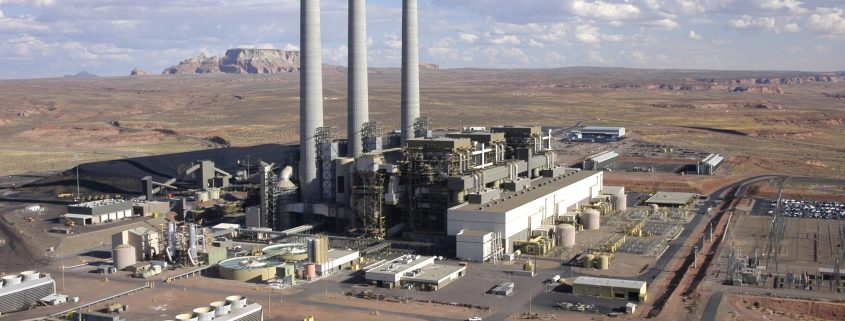


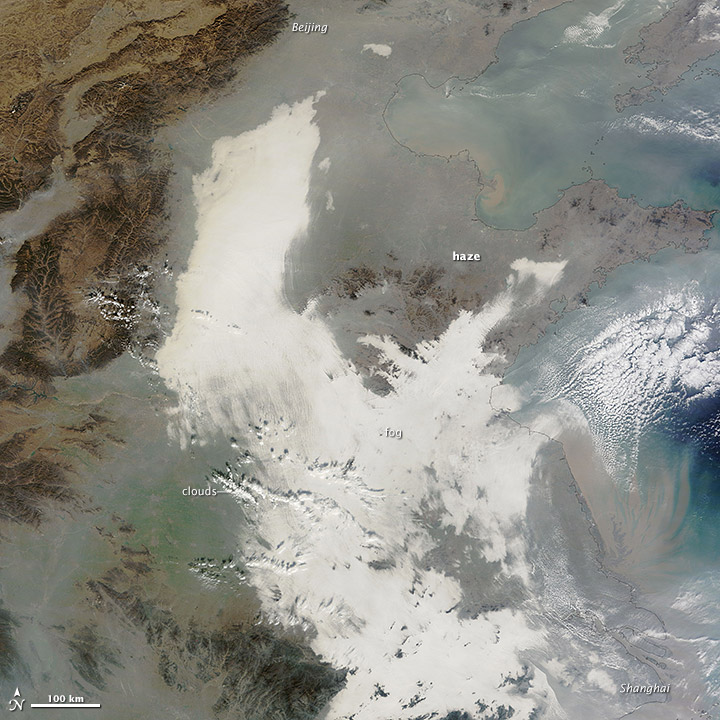

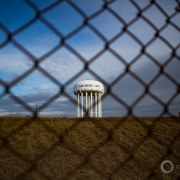
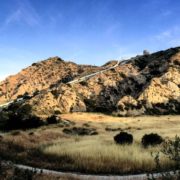



Leave a Reply
Want to join the discussion?Feel free to contribute!